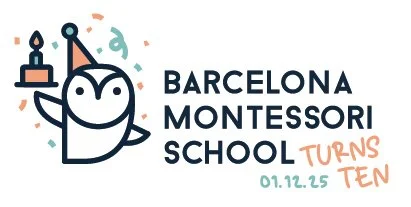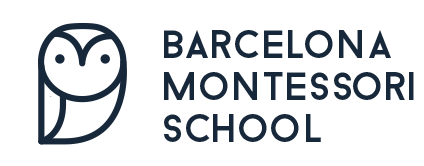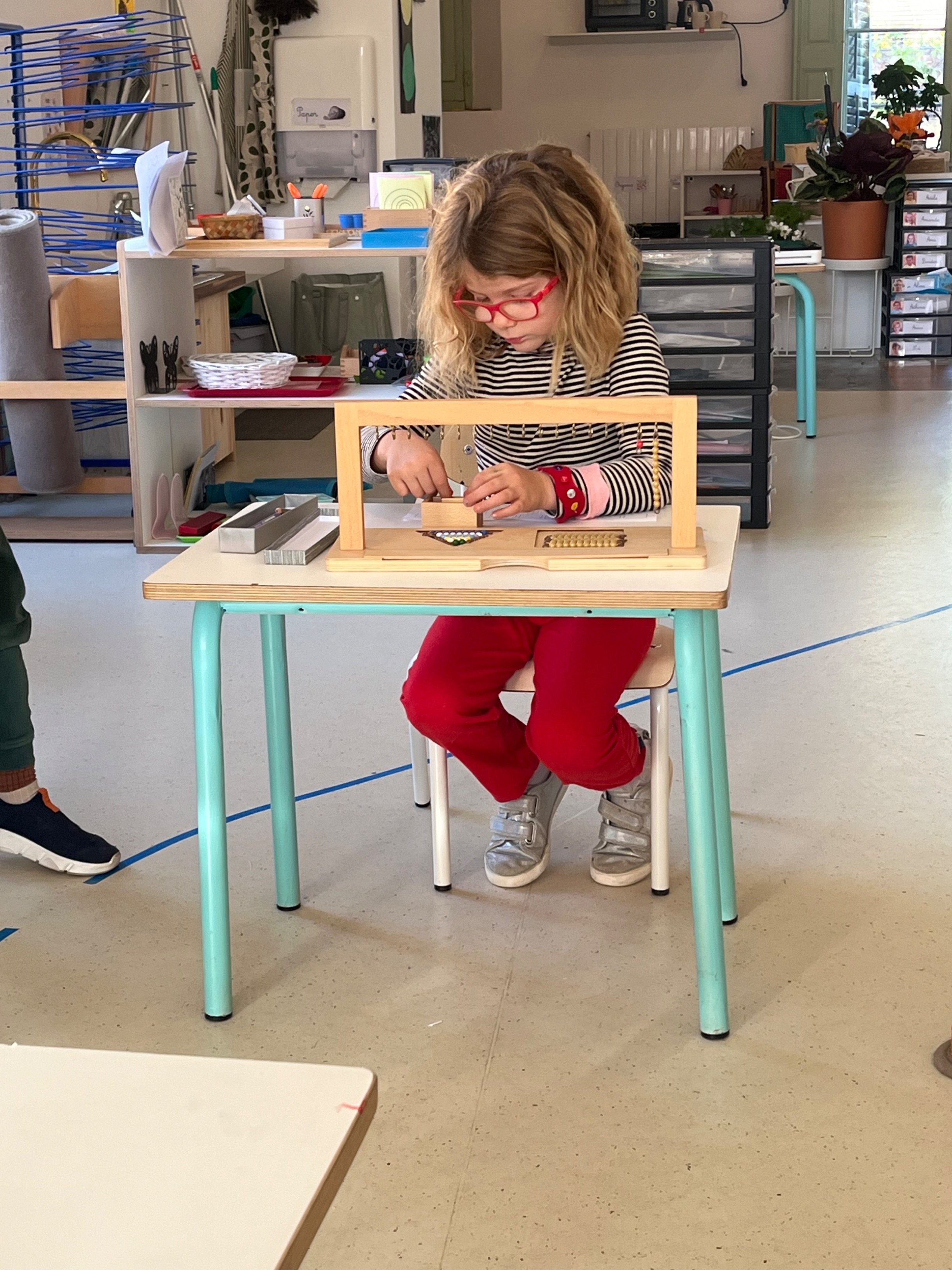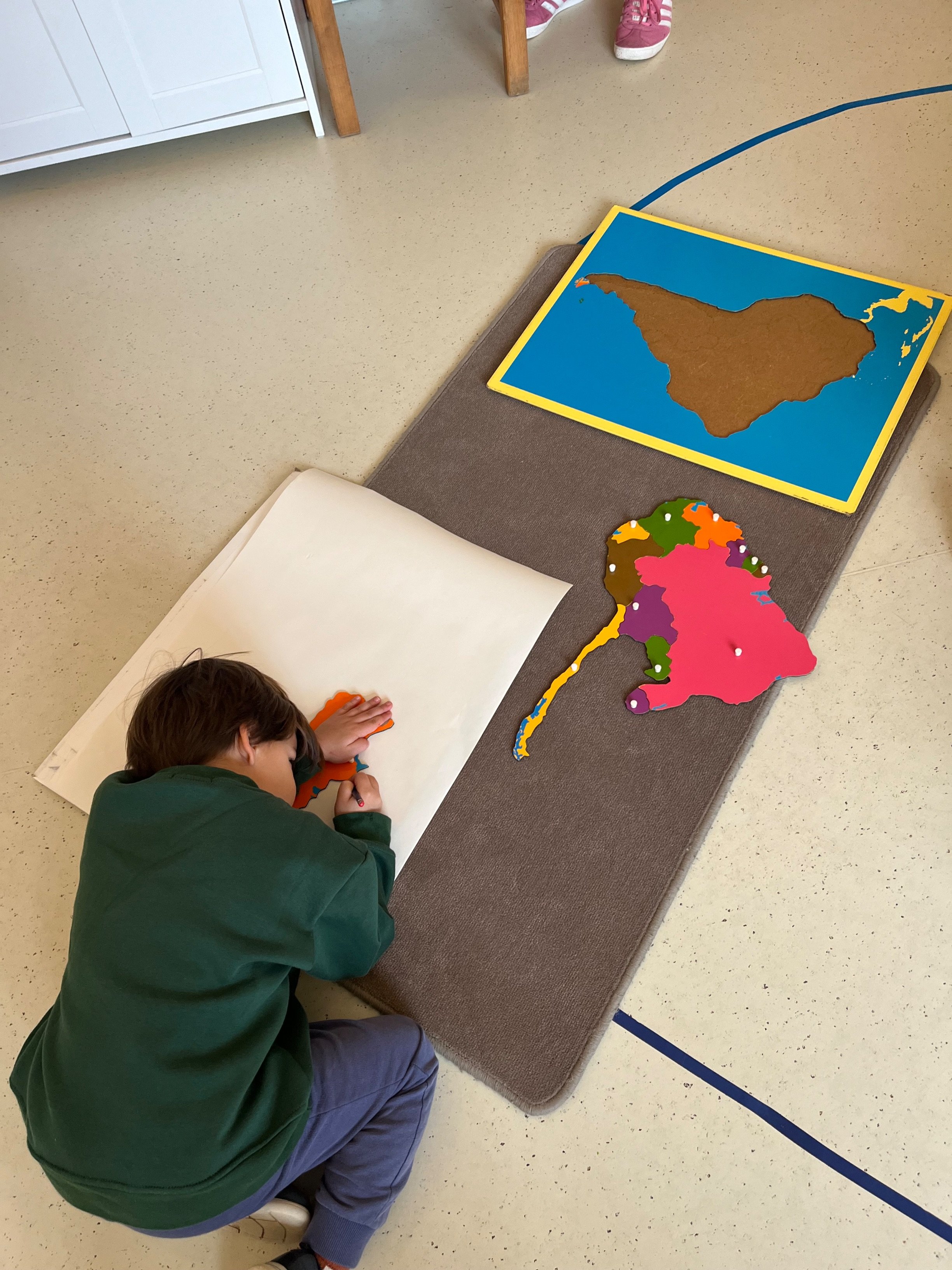When will my child be ready to move to the 6-9 Primary?
A Montessori Children’s House is specially designed for children in the 1st Plane of Development, from 3 to 6 years old, but actually, the materials in the classroom allow children to work up until approximately Year 3 in the British system, or 2º Primaria in Spain. The Primary Montessori curriculum is designed for children in the 2nd Plane of Development, from age 6 to 12 years old and, in this way, it differs from the Spanish education program where some children enter Primary school when they are still 5 years old. So how do we decide when a child is “ready” to move from Children’s House to Primary?
The Age
Children’s House is designed for children aged from 3 to 6, Primary for children from 6 - 12. This means a child can be 6 in both classes, but only 5 in one. Whilst some children may be working well above their age, and therefore be developmentally ready to move, the majority will not. It is important to remember that if a child is academically advanced, they may not be socially more advanced. Looking at a child’s close friendships in the class may help to determine whether they are ready to move up or not. Academically, they can be challenged in both classes.
A Physical Change
As children become ready for the 2nd plane, you will see it physically. Children stretch. Their limbs become longer and thinner and they become more able to withstand and often need to walk for longer distances. Children’s faces thin out and we notice gaps in their mouths as the first baby teeth fall out. They are also generally healthier and less easily affected by coughs and colds.
Working with, not just next to
In Children’s House, students work primarily individually, or in parallel. In a Primary classroom, children are in a social bloom and therefore work together. This means more than working next to another child. They have ideas that they want to explore together and begin to divide up a big job into small ones or work collaboratively towards a larger project. Whilst this is a challenge for any 6-year-old, we begin to see that students want to work with others to create something, rather than just wanting to copy what another person is doing.
No more lining up
Children moving into the 2nd plane of development lose their sense of order. Sometimes we can mistake this for a messy child, but the important thing to remember is that a child needs to have lost their need for order. Therefore, you might see that your child stops lining up toys when they play (no more lines of teddies or cars). Or you might see that your child is better at managing changes to their schedule, they can have a slightly delayed dinner and they don’t have a meltdown. Practical life activities (full of repetition and order) no longer interest children just for the sake of it, they must have a bigger purpose.
True Imagination
Children in the 1st plane generally don’t really imagine, they replicate situations that they have seen around them, either on TV or in the real world. When Children move into the 2nd plane their games become closer to true imagination. They begin to develop games that are more intricate and invented and go beyond what they see in the world around them. They also begin to imagine a lot more in their head, requiring fewer toys and props for support.
The Social Concern
As children move into the second plane they become very concerned with social issues. They want to know what other children think about situations, and an adult's point of view becomes far less important. “Mummitis” has gone and the child is far more concerned about what his or her friends are doing. Children become more socially competent. Children in the Children’s House might still have a lot of tantrums and find it hard to describe their emotions in words. As children become ready for Primary, they become more able to describe their emotions and what has triggered them. This is something that might vary depending on the situation, but it is important to support children in this skill.
The Advantage of Extra Time
For some children, extra time in Children's House might be particularly helpful. If your child hasn’t shown any leadership qualities or skills yet, then some extra time might help them to develop these as they get to be the oldest in the room! Children who don’t know the basic phonics for reading and wiring might also benefit from time in the Children’s House as they will get that individual guidance in the Children’s House. In Primary, children generally receive group presentations, so although basic literacy skills can be taught in Primary, for some students who might not be very “ready” based on the aforementioned areas, extra time in the Children’s House might be very beneficial. Finally, for children who have not had the opportunity to develop some of the Practical Life skills that are so important for success in the Montessori classroom, some extra time in a Children’s House might allow children to develop these.
A child doesn’t become ready for Primary overnight. This is a process; some days you may see that your child appears so much more grown up and ready, and other days you might feel like you have a baby again! Some children change quickly, others might take much longer. A move to Primary is an important step and the decision of when to move is not something we want to rush. As A. A. Milne once said:
When I was One,
I had just begun.
When I was Two,
I was nearly new.
When I was Three
I was hardly me.
When I was Four,
I was not much more.
When I was Five,
I was just alive.
But now I am Six,
I'm as clever as clever,
So I think I'll be six now for ever and ever.






